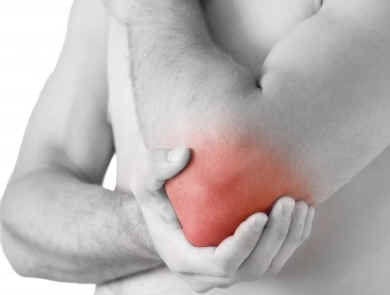Search site
Contact
Maccyjonathan1
E-mail: jonathanmaccy@hotmail.com
The Most Common Forms Of Bursitis Treatment

Generally, there are five forms of bursitis treatments. We will be looking at each of those forms of treatment for bursitis in turn. This is also our opportunity to find out what is involved in each of the treatments. There are various scenarios involved when it comes to bursitis and we shall try to figure out which treatment would be most suitable within those scenarios. Bursitis is a condition which, essentially, is an inflammation. The body has small sacs that are used to store synovial fluid. These are known as bursae, and they are the ones most affected by this inflammatory problem. Synovial fluid serves to lubricate or reduce friction in parts of the body where friction most often takes place. Inflammation of the bursae where the synovial fluid can be found will result to the condition known as bursitis. This painful condition can be subjected to various treatments, and we shall be looking at the top five procedures currently being used.
Rest is considered to be an adequate bursitis treatment. Here, those who have bursitis are advised to just have some rest. After all, the inflammation of the bursae is normally caused to these bursae being subjected to too much movement, friction, and pressure, which are most often found among people who are constantly moving. Bursitis causes pain, and it has been noticeable how, after a certain length of time of rest, the pain would eventually subside. It would also be a good idea to make sure that the areas affected are elevated and, if you have ice available, use them, too. They may seem too simple, but you will be surprised at how much they will work in your treatment.
Secondly, we have instances where people complaining of bursitis are taken for physiotherapy. You will notice how many are opting for this alternative when they do not find their bursitis improving through applying ice and elevating the area affected. The physiotherapist will apply pressure on the part where the inflammation is found, and the applied pressure will be used to "counterattack" the pressure that caused bursitis in the first place.
Then there are the pain medications. They are also used for the treatment of bursitis. You can get wonderful results from ordinary analgesics. Of course, you have to make sure you pick the anti-inflammatory analgesics in order to get the best results. But just because a patient decided to go the resting way or went to a physiotherapist for treatments does not mean they are no longer allowed to take these medications.
Fourthly, we have instances where people complaining of bursitis are given antibiotics. These antibiotics are especially recommended once the inflammation has been ascertained to be caused by some bacterial infection.
Finally, there is also surgery. Surgical procedures can be chosen by some people to get over their bursitis condition. This is a Bursitis treatment of last resort: one that is only used when all the others don't work. These procedures would simply involve surgical removal of the bursae that are causing problems. Soon thereafter, others grow to take their place. Usually, however, there is no inflammation involved in the bursae. In this case, you wouldn't have a hard time with the treatment.
Recommended Links:
© 2011 All rights reserved.
